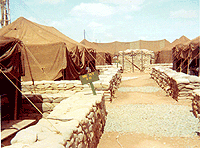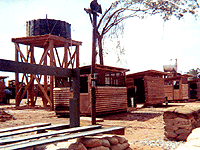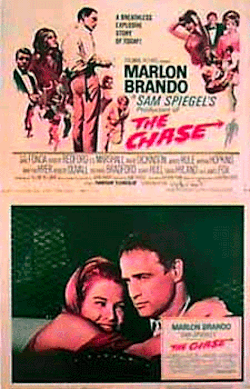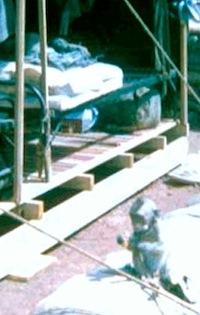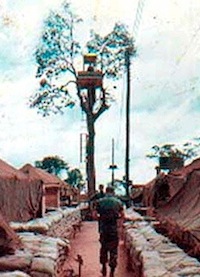The Battalion supported elements of the 173rd Airborne Brigade, and 5th & 6th Battalions of the Royal Australian Regiment, as they conducted highway security clearing operation on Highway-15 from Vung Tau to Bearcat and Long Binh Post.
The clearing, initially started for the movement of the 199th Light Infantry Brigade during Operation CANARY (4 December) was now in support of elements of the 9th Infantry Divisions move from debarkation at the Port of Vung Tau up Highway-15 to their new base camp headquarters (3rd Brigade) at Bearcat.
In addition, convoys consisting of personnel, vehicles and equipment were also escorted from the Saigon ports to a new base camp at Dong Tam in the Mekong Delta, Corps Tactical Zone IV. Operation DUCK was renamed Operation IOLA on 20 January 1967.
The exact date the Battalion ended its support is at this time unknown. One other supporting element, the 15th Combat Engineer Battalion, 9th Infantry Division, continued its support until 31 May 1967.
In the continuing support of Operation CANARY (started 4 December), escort elements of the 720th safely escorted one of two convoys containing personnel of the 199th Light Infantry Brigade from the Port of Vung Tau to the new base camp at Long Binh Post without incident.
These missions consisted of the convoy escort of over 3,000 vehicles and 12,000 personnel through over eighty miles of enemy infiltrated roadways without major incidents or casualties.
9 December In the continuing support of Operation CANARY (started 4 December), escort elements of the battalion safely escorted the second of two convoys containing personnel of the newly arrived 199th Light Infantry Brigade from the Port of Vung Tau to the new base camp at Long Binh without incident. |
|
|

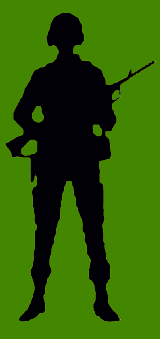







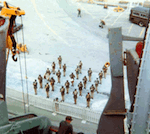



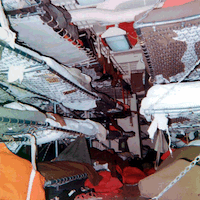
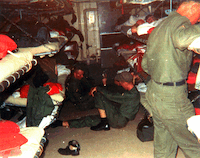
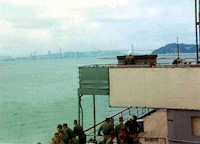
 USSR (Russia)
USSR (Russia)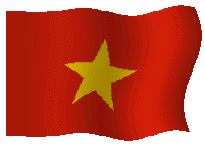 North Vietnam
North Vietnam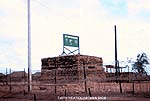
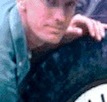 1LT Hannon
1LT Hannon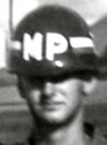 SP/4 Watts
SP/4 Watts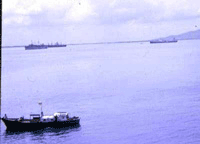
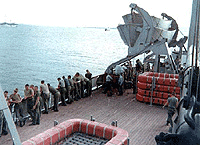
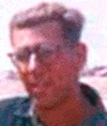 SP/4 Portnoy
SP/4 Portnoy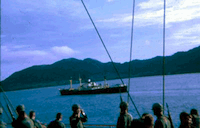








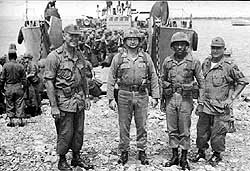



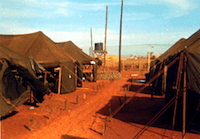
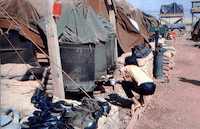
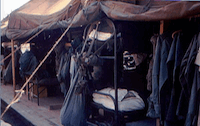

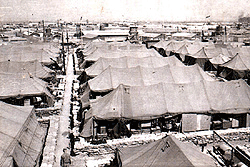
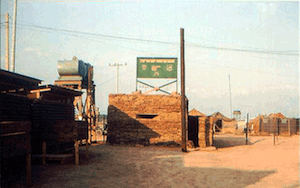

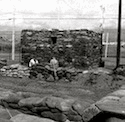

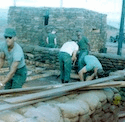
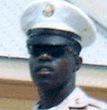 SP/4 Rhodes
SP/4 Rhodes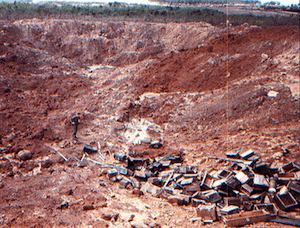
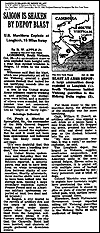
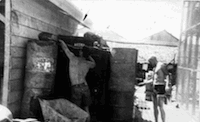
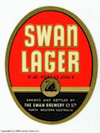

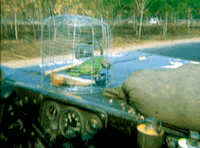
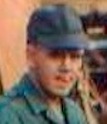 SP/4 Patrick
SP/4 Patrick SP/4 Schlag
SP/4 Schlag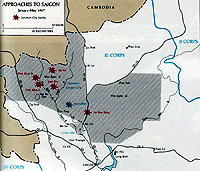



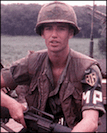 SP/4 Jorgensen
SP/4 Jorgensen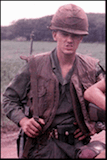 SP/4 Kerkhoff
SP/4 Kerkhoff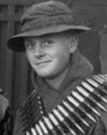 SGT Ruffer
SGT Ruffer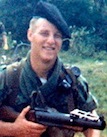 SGT Sundt
SGT Sundt SP/4 McKeon
SP/4 McKeon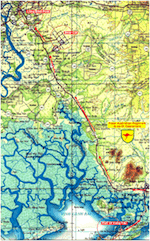

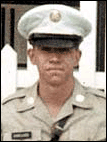 PFC Damsgard
PFC Damsgard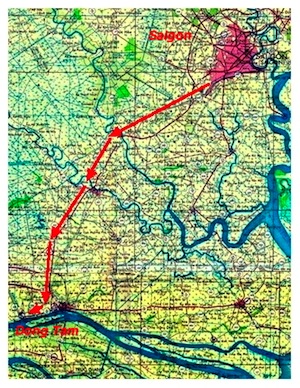





 1LT McNamara
1LT McNamara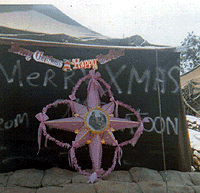
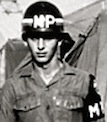 PFC Short
PFC Short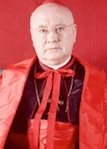 Archbishop Spellman
Archbishop Spellman